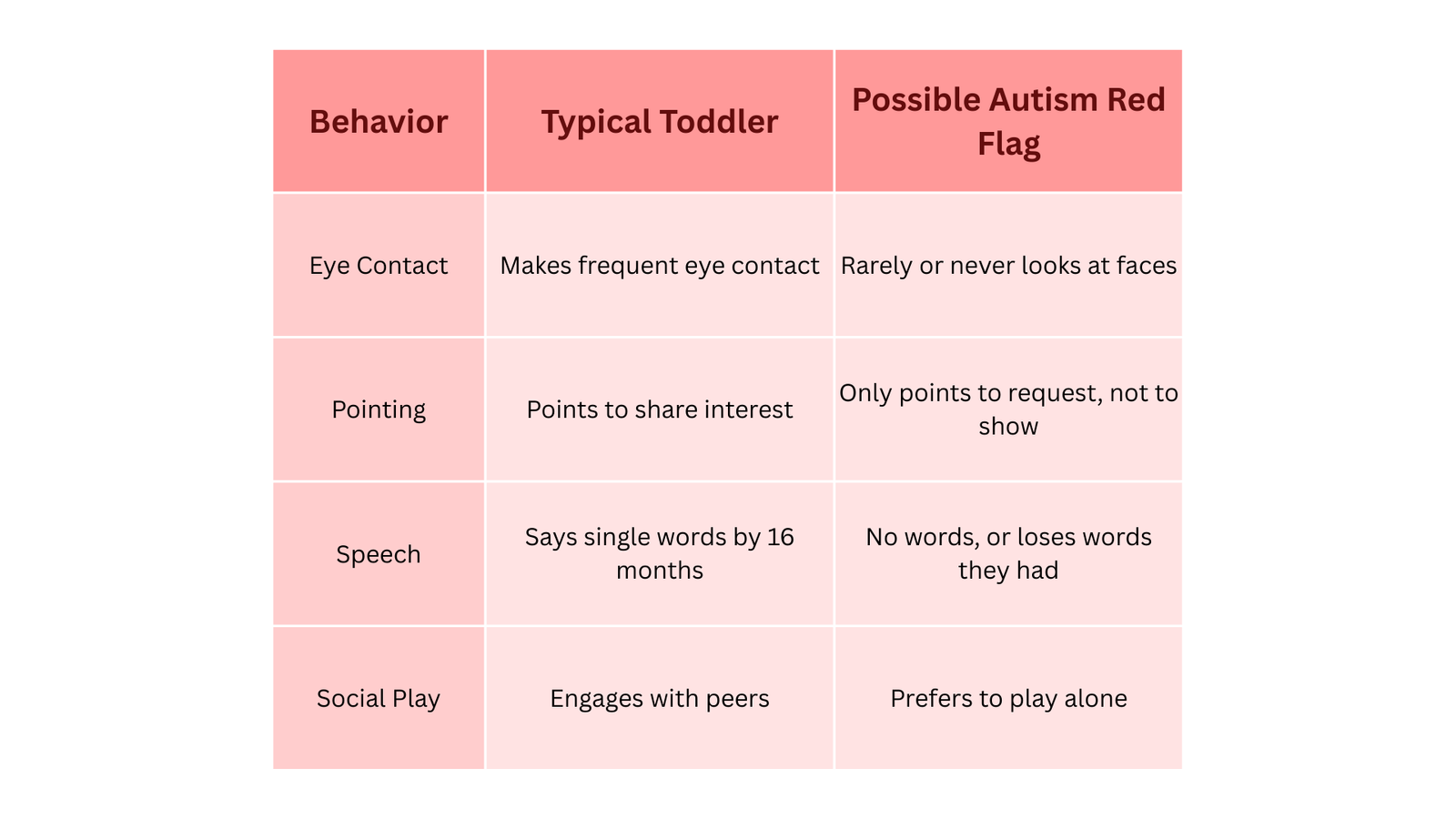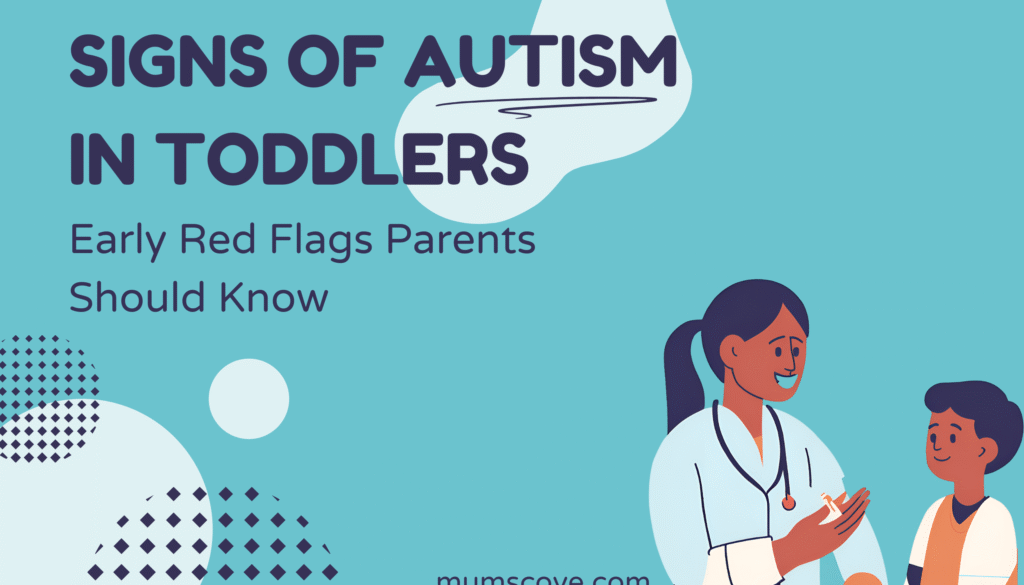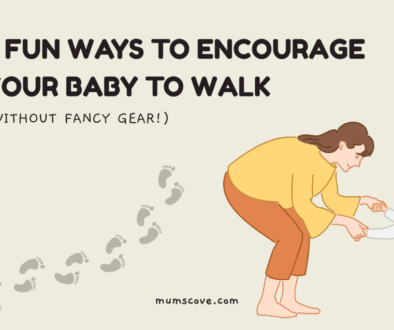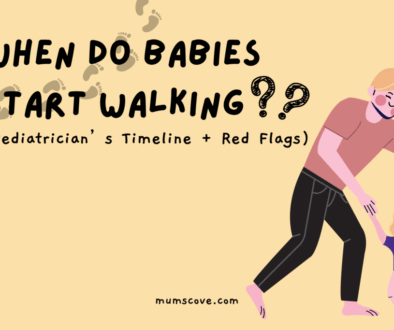12 Early Signs of Autism in Toddlers: Every Parent Must Know
Introduction: Why Early Detection of Autism Matters
Autism Spectrum Disorder (ASD) affects 1 in 36 children (CDC, 2023), making early recognition crucial. The sooner parents spot potential signs of autism in toddlers, the earlier interventions—like speech and behavioral therapy—can begin, improving long-term outcomes.
This guide covers key autism red flags, developmental milestones to watch for, and actionable steps if you suspect your child may be on the spectrum.
What Is Autism Spectrum Disorder (ASD)?
Autism is a neurodevelopmental condition impacting communication, social skills, and behavior. Symptoms vary widely—some children show clear early signs, while others develop typically before regressing.
Key Characteristics of Autism in Toddlers:
-
Social communication challenges (e.g., limited eye contact, delayed speech)
-
Repetitive behaviors (e.g., hand-flapping, rocking)
-
Sensory sensitivities (e.g., aversion to loud noises or textures)
Early Signs of Autism in Toddlers (12–36 Months)
🔹 1. Social Communication Red Flags
-
Limited or no eye contact (avoids looking at caregivers)
-
Doesn’t respond to their name by 12 months
-
Lack of joint attention (doesn’t point or follow gestures)
-
Delayed speech (no babbling by 12 months, no words by 16 months)
-
Echolalia (repeats words without meaning)
🔹 2. Behavioral & Play Differences
-
Repetitive movements (spinning, hand-flapping, rocking)
-
Fixation on routines (extreme distress over small changes)
-
Unusual play habits (lines up toys instead of pretend play)
-
Limited imitation (doesn’t copy facial expressions or actions)
🔹 3. Sensory Sensitivities
-
Overreacts to sounds, lights, or textures (covers ears, avoids touch)
-
Unusual eating habits (only eats certain textures or colors)
-
High pain tolerance or extreme discomfort with minor stimuli
Autism vs. Typical Toddler Behavior: How to Tell the Difference
Not every quirk means autism—some toddlers are just late bloomers. Here’s how to distinguish:

When to Seek Professional Help
If your toddler shows multiple red flags, consult a pediatrician or developmental specialist. Early screening tools like the M-CHAT (Modified Checklist for Autism in Toddlers) can help assess risk.
Steps to Take:
-
Track milestones (use CDC’s free app: Milestone Tracker)
-
Discuss concerns with your pediatrician
-
Request a developmental evaluation (early intervention programs are often free)
Success Story: How Early Intervention Helped Liam
At 18 months, Liam wasn’t speaking, avoided eye contact, and lined up toys for hours. His parents sought an evaluation, and by age 3, after speech and occupational therapy, he began forming sentences and engaging with peers. Early action changed his trajectory. 
Frequently Asked Questions (FAQs)
❓ Can a toddler show signs of autism and not be autistic?
Yes—some behaviors overlap with speech delays or sensory processing disorder. Always get a professional assessment.
❓ Do all autistic toddlers avoid eye contact?
No, some may make eye contact but struggle with other social cues.
❓ What’s the earliest age autism can be diagnosed?
Reliable diagnoses can happen as early as 18–24 months, but signs may appear sooner.
Conclusion: Trust Your Instincts & Act Early
If you notice potential signs of autism in your toddler, don’t wait. Early intervention can improve communication, social skills, and independence.
📢 Next Steps:
-
Download a milestone checklist (CDC’s Guide)
-
Book a pediatrician visit
-
Share this post to help other parents spot early signs!



